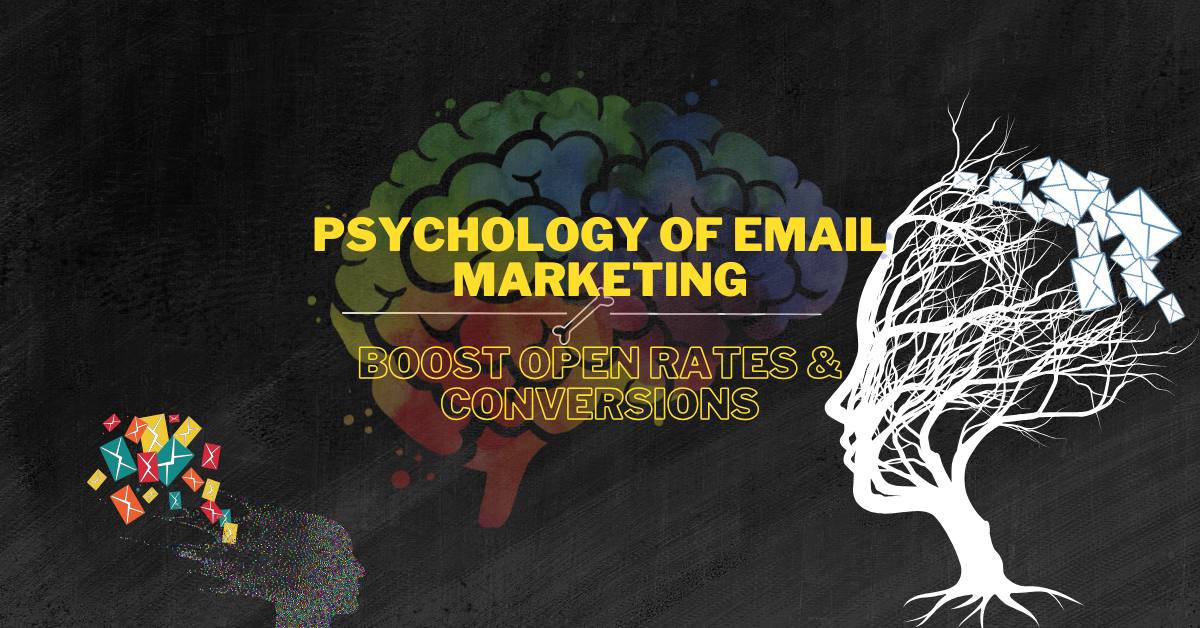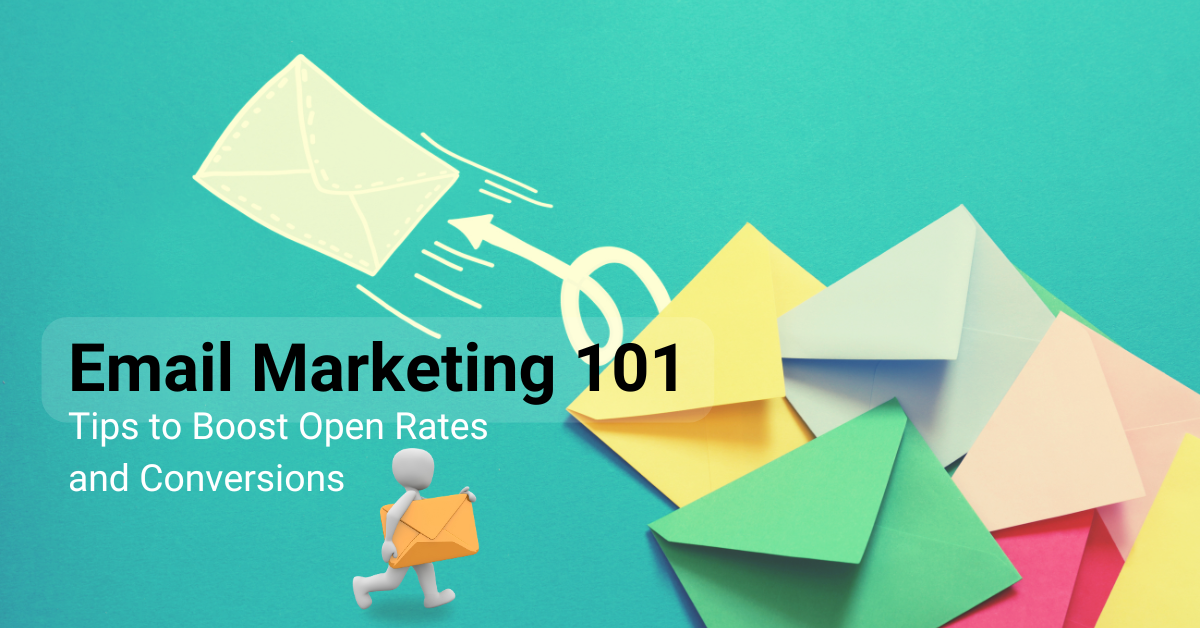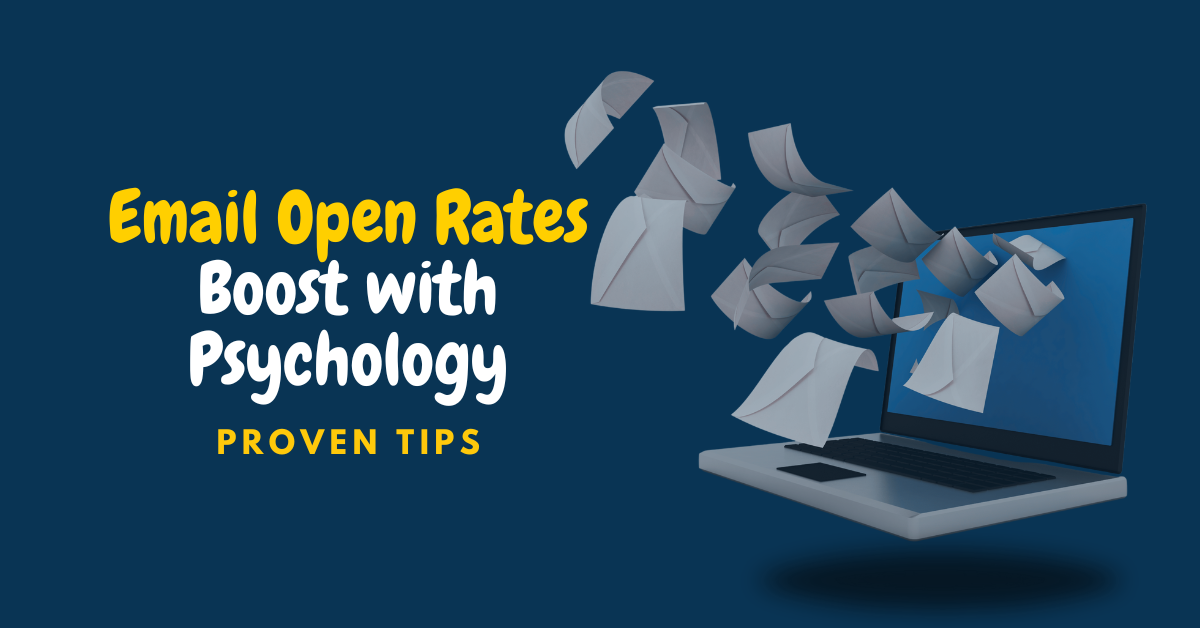The Psychology of Email Marketing: How to Use Human Behavior to Boost Open Rates and Conversions
Email marketing remains one of the most effective ways to connect with your audience, drive engagement, and boost sales. But with inboxes flooded daily, how do you ensure your emails stand out? The answer lies in understanding the psychology of your audience. By leveraging human behavior, you can craft emails that not only get opened but also inspire action. In this blog, we’ll explore the psychological principles behind successful email marketing and provide actionable tips to improve your campaigns.
1. The Power of Personalization
Personalization is more than just addressing your recipient by their first name. It’s about creating a sense of connection and relevance. According to a study by Experian, personalized emails deliver 6x higher transaction rates.
- How to Use It:
Use dynamic content to tailor emails based on the recipient’s preferences, location, or past behavior. For example, “Hi [Name], we noticed you left something in your cart. Here’s a 10% discount to complete your purchase!”- Psychological Principle: People are more likely to engage with content that feels tailored to them.
2. The Scarcity Effect
Scarcity taps into the fear of missing out (FOMO), a powerful motivator for human behavior. When people believe an opportunity is limited, they’re more likely to act quickly.
- How to Use It:
Create urgency with phrases like “Only 5 left in stock!” or “Offer ends tonight at midnight!”- Psychological Principle: Limited availability triggers a sense of urgency, prompting immediate action.
3. The Curiosity Gap
Humans are naturally curious. By creating a curiosity gap, you can entice recipients to open your emails to find out more.
- How to Use It:
Use intriguing subject lines like “You won’t believe what’s inside…” or “The secret to doubling your savings.”- Psychological Principle: Curiosity drives people to seek answers, increasing open rates.
4. Social Proof in Emails
Social proof is the idea that people are influenced by the actions of others. Including testimonials, reviews, or user-generated content in your emails can build trust and credibility.
- How to Use It:
Add a line like “Join 10,000+ happy customers who love our product!” or showcase customer reviews with star ratings.- Psychological Principle: People tend to follow the actions of others, especially when uncertain.
5. The Power of Visuals and Storytelling
Visuals and storytelling evoke emotions, making your emails more memorable and impactful. A well-told story can create a strong emotional connection with your audience.
- How to Use It:
Include customer success stories, behind-the-scenes videos, or infographics that tell a compelling narrative. For example, “Meet Sarah, who doubled her revenue using our tool!”- Psychological Principle: Stories and visuals evoke emotions, making content more relatable and engaging.
6. The Role of Color Psychology
Colors have a profound impact on human emotions and behavior. Using the right colors in your email design can influence how recipients perceive your message and take action.
- How to Use It:
Use red for urgency (e.g., “Sale ends soon!”), green for positivity (e.g., “Start saving today!”), or blue for trust (e.g., “Secure your account now”).- Psychological Principle: Colors evoke specific emotional responses that can drive behavior.
7. The Importance of Simplicity
In a world of information overload, simplicity is key. Emails with a clear, concise message and a single call-to-action (CTA) are more likely to drive results.
- How to Use It:
Keep your design clean and focused. Use one primary CTA like “Shop Now” or “Learn More” to avoid overwhelming your audience.- Psychological Principle: Too many choices can lead to decision paralysis, while simplicity drives action.
8. Reciprocity in Email Marketing
Reciprocity is the idea that people feel obliged to give back when they receive something of value. By offering value upfront, you can encourage recipients to take desired actions.
- How to Use It:
Offer free resources, discounts, or exclusive content in your emails. For example, “Here’s a 20% discount just for being a loyal subscriber!”- Psychological Principle: People feel compelled to reciprocate when they receive something of value.
Actionable Tips to Implement These Strategies
- A/B Test Everything:
Experiment with different subject lines, CTAs, and designs to see what resonates best with your audience. - Segment Your Email List:
Divide your audience into smaller groups based on demographics, behavior, or preferences to deliver more personalized content. - Monitor Metrics:
Track open rates, click-through rates, and conversions to refine your strategy and improve performance. - Use Automation:
Set up automated email sequences to nurture leads and maintain engagement without manual effort.
Conclusion
Email marketing isn’t just about sending emails—it’s about understanding what makes your audience tick. By applying psychological principles like personalization, scarcity, curiosity, and social proof, you can create emails that not only get opened but also drive meaningful engagement and conversions.
Start implementing these strategies in your next campaign and watch your email marketing performance soar. And if you’re looking to master these techniques, consider enrolling in a Digital Marketing Institute in India to gain in-depth knowledge and hands-on experience.
By combining psychology with email marketing, you can create campaigns that truly resonate with your audience and deliver measurable results. Happy emailing!
For more tips on mastering digital marketing, check out our blog “Boost Email Open Rates with Psychology: Proven Tips“.






This blog is pure gold for anyone serious about email marketing! The way it breaks down psychological principles like curiosity, scarcity, personalization, and reciprocity is both insightful and actionable Digital marketing institute in bangalore .
Great email marketing doesn’t just rely on strategy — it taps into human psychology. Understanding how people think can skyrocket your open rates and conversions. But here’s the catch: if your branding is off, even the smartest emails won’t stick. This post dives into the psychology behind email success, while uncovering 5 branding mistakes that could be silently killing your business. Fix the brand, master the mind, and watch your marketing truly connectOnline Digital Marketing Training Institute